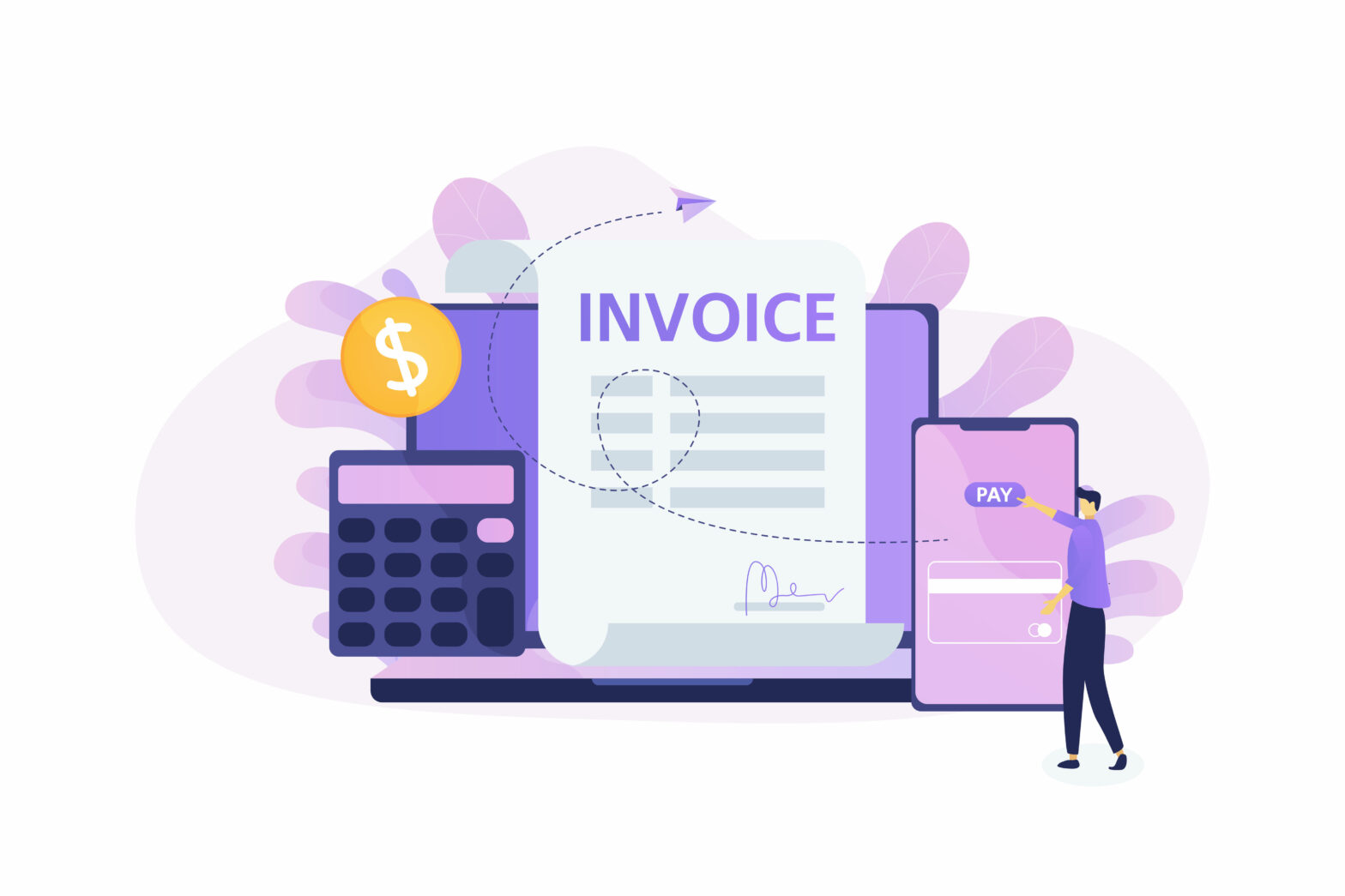Here are a few of the biggest drivers behind the slowdown in small business lending and the rise of small business lending alternatives.
The small business lending landscape has been changing dramatically in the past few years in the aftermath of the Great Recession, and more small business owners are looking for small business lending alternatives to help get the working capital that they need. According to various economic analyses, small business lending by banks still has not returned to its pre-recession levels. This lack of bank lending is creating a small business loan gap that small business lending alternatives have arisen to fill.
There are several factors that are driving the rise of small business lending alternatives. For one, many small banks went out of business in the aftermath of the 2008-2009 financial crisis, and many bigger banks have restricted their small business lending. Although the overall economy and small business climate have improved during the past few years, traditional bank lending for small businesses has been slower to recover. And some economic observers believe that this lower level of bank lending could be a ‘new normal’ for small business owners looking for loans.
Here are a few of the biggest drivers behind the slowdown in small business lending and the rise of small business lending alternatives:
Fewer small business loans from big banks
Ted Zoller from the University of North Carolina Business School was quoted in the Wall Street Journal as saying that even though more small business owners are applying for loans, big banks have been slow to resume lending to small businesses, in part because of higher regulatory requirements imposed as a result of the financial crisis. ‘Regrettably, most of the capital available for debt is with large institutional banks that were significantly impacted by the financial crisis and now face substantial regulatory hurdles in determining creditworthiness for loans,’ Zoller said.
Banks are issuing more ‘big’ small business loans
Even when banks do issue small business loans, the current trend is that they seem to be issuing larger loan amounts that are beyond the reach of many small business owners. A Harvard Business School white paper described the situation by saying that because banks’ transaction costs for issuing a $1 million loan are not much different from issuing a $100,000 loan, more banks are choosing to focus on higher-dollar loan amounts. The white paper stated, ‘Some banks, particularly larger banks, have significantly reduced or eliminated loans below a certain threshold, typically $100,000 or $250,000, or simply will not lend to small businesses with revenue of less than $2 million, as a way to limit time-consuming applications from small businesses.’
By focusing excessively on larger loans, banks have created a funding gap where many small business owners are looking for smaller loan amounts that they often struggle to get from traditional banks.
New technology is bringing innovation to lending
It might seem like big banks are not interested in smaller loans for businesses, but this is not the case with the rising number of small business lending alternatives. Online lenders and start-ups such as platform lenders, P2P lenders, marketplace lenders and others are giving small business owners new options that were not possible just a few years ago, and this new way of lending is made possible by technological innovation. Platform lenders use online platforms to quickly evaluate borrowers by looking at a broader range of data such as e-commerce sales, social media reviews, shipping stats and more. These new financial technologies (known as ‘fintech’) help companies cut costs, expand the range of eligible borrowers and serve an underserved niche in the market for small business lending.
Big banks aren’t going away anytime soon, but it appears that a significant gap has emerged in the market for loans between the size of loans that many small business owners need, and the size of loans that banks are most interested to issue. As a result, there has been a rise in small business lending alternatives to bridge this gap in the market. With new financial technologies opening up lower-cost, more efficient alternatives, we’re likely to see continued growth in this market as more business owners look to take control of their working capital needs.





